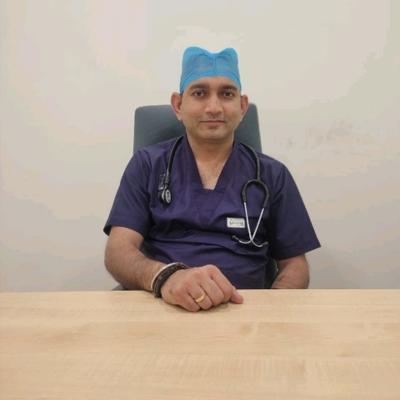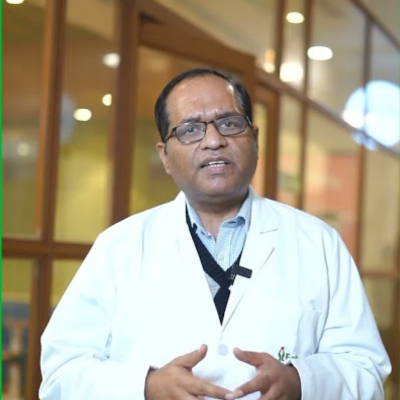Why South Sudan Chooses India for Medical Treatment?
 16 July,2024
Read More
16 July,2024
Read More
Enquire now in case of any assistance needed
Endoleak Treatments Treatment Cost in Greater Noida is between USD 6736 - USD 13834
Hospital Days:
Procedure Duration:
Endoleaks are a critical concern in the management of aortic aneurysms. They occur when blood leaks into the aneurysm sac after endovascular aneurysm repair (EVAR), a minimally invasive procedure used to treat aortic aneurysms. Addressing endoleaks promptly is crucial to prevent potential complications and ensure the long-term success of the intervention. Let’s explores the intricacies of endoleak treatments, encompassing their types, indications, procedural details, benefits, considerations, and their impact on patient outcomes.
An endoleak is a persistent blood flow within the aneurysm sac following EVAR. It can occur due to various reasons, including incomplete sealing of the stent-graft, poor graft apposition, or the presence of branch vessels that continue to supply blood to the aneurysm sac.
Procedural Details of Endoleak Treatments
Endoleak treatments represent a pivotal aspect of aortic aneurysm management, ensuring the efficacy and longevity of endovascular interventions. Through meticulous patient evaluation, advanced imaging techniques, and expert procedural execution, these treatments play a vital role in preventing complications and preserving the patient's cardiovascular health. With ongoing advancements in endovascular technology and the collaborative efforts of multidisciplinary medical teams, endoleak treatments continue to improve outcomes for individuals facing the challenges of aortic aneurysms. They stand as a testament to the progress in vascular medicine, offering renewed hope and vitality for patients around the world.

Senior Consultant
Interventional Cardiologists
Fortis Hospital, Greater Noida
View Doctor Profile Book an Appointment
Associate Consultant
Cardiologists
Fortis Hospital, Greater Noida
View Doctor Profile Book an Appointment
Associate Consultant
Cardiologists
Fortis Hospital, Greater Noida
View Doctor Profile Book an Appointment
Additional Director
Interventional Cardiologists
Fortis Hospital, Greater Noida
View Doctor Profile Book an AppointmentThe Art of Effective Communication
 16 July,2024
Read More
16 July,2024
Read More
 15 July,2024
Read More
15 July,2024
Read More
 09 July,2024
Read More
09 July,2024
Read More
 08 July,2024
Read More
08 July,2024
Read More
 03 July,2024
Read More
03 July,2024
Read More
 28 June,2024
Read More
28 June,2024
Read More
 27 June,2024
Read More
27 June,2024
Read More
 25 June,2024
Read More
25 June,2024
Read More
 20 June,2024
Read More
20 June,2024
Read More
 13 June,2024
Read More
13 June,2024
Read More